IBC 2014: The era of laser illuminated projection came a little closer over the weekend following screenings of Life of Pi and Dawn of the Planet of the Apes using new Christie Digital technology which promise to lift levels of 3D movies to a par with that enjoyed in 2D.
The presentations, on Saturday and Monday at cinema and TV trade show IBC in Amsterdam, marked the first time a full length feature has been screened with Christie 6P Laser Projection.
20th Century Fox, which flew four executives into Amsterdam for the occasion, regraded both films to suit the higher brightness levels and has pledged to master all of its future 3D releases at 14 foot-lamberts / fL, the same light levels as 2D and a substantial improvement on the 4 or 6 fL possible with existing 3D digital projectors.
“Exhibitors who are enjoying the 3D ticket premium need to step up and install equipment that’s going to allow them to present 3D in the proper brightness,” urged Don Shaw, Snr director, product management, Christie.
“One of the main complaints by studios is that exhibitors are playing 3D at light levels which are too low – only 10-30% of light levels of 2D films.
“Simply put, the movies are too dark, and the lacklustre quality also means we see colours differently, leaving audiences struggling to discern critical details that make up the image in front of them. We can correct this using laser.”
Replacing screens
The solution also requires exhibitors to replace silver 3D projection screens with matt white ones to avoid hot spotting and for total uniformity of brightness.
“What concerned us was that we were showing 3D content at sub-optimal light levels,” explained Arjun Ramamurthy, Fox vp of technology.
“We talked with the exhibition chain, including NATO, and manufacturers to do all we could to screen films at their proper light level and we believe we can achieve that with laser.
“We will create a version of the DCP (Digital Cinema Package) for laser [equipped theatres] going forward.”
Earmarked for mass production in 2015, Christie’s laser systems are already installed at the Shanghai Film Art Center, Seattle Cinerama Theatre and Moody Gardens theme park, Texas.
Dozens of other deals are in the pipeline, according to Shaw, including one installation in the Middle East and another in East Europe by the end of the year.
Slow rollout
However, the cost of the equipment – which at over $500,000 is up to ten times that of existing digital projection systems - means units are likely to rolled out first in specialist large format theatres.
“It will be a slow process,” said Richard Nye, director of cinema for Christie EMEA. “We don’t expect laser to become available in significant quantity in theatres for four to five years.”
With an estimated lifespan of 30,000 hours (the best part of a decade) far in excess of conventional Xenon lamps, and offering lower power consumption, there is an economic argument for exhibitors to invest in the equipment. Christie will also market lower cost versions depending on screen size and required light level.
Its technology uses dual projector heads to deliver red, green and blue primary colours (not filtered or polarised broad-spectrum white light) to both eyes simultaneously, rather than alternating left and right eye in the single projector laser system of rival Barco. This, says Shaw, delivers the full power of laser illumination to the screen.
Dolby 3D glasses were used for the IBC screenings, modulated specifically to work with the wavelengths of the 6P Laser system. Both films were also presented with a Dolby Atmos soundtrack delivered to 40 QSC loud speakers.
“This is a massively important European showcase,” said Nye. “We’ve got customers from all over the world coming to see this. We’re trying to raise the bar for 3D presentation across the industry.”




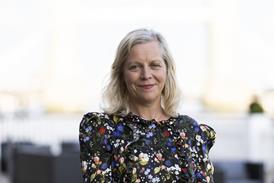



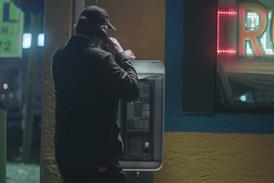


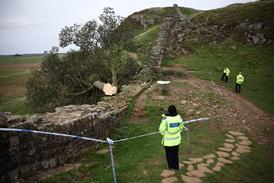
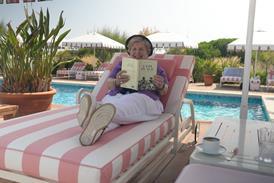







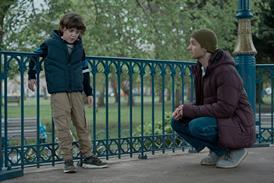
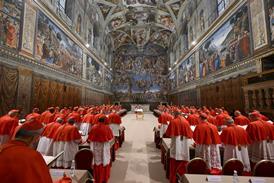
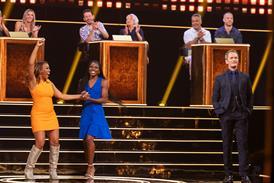




No comments yet